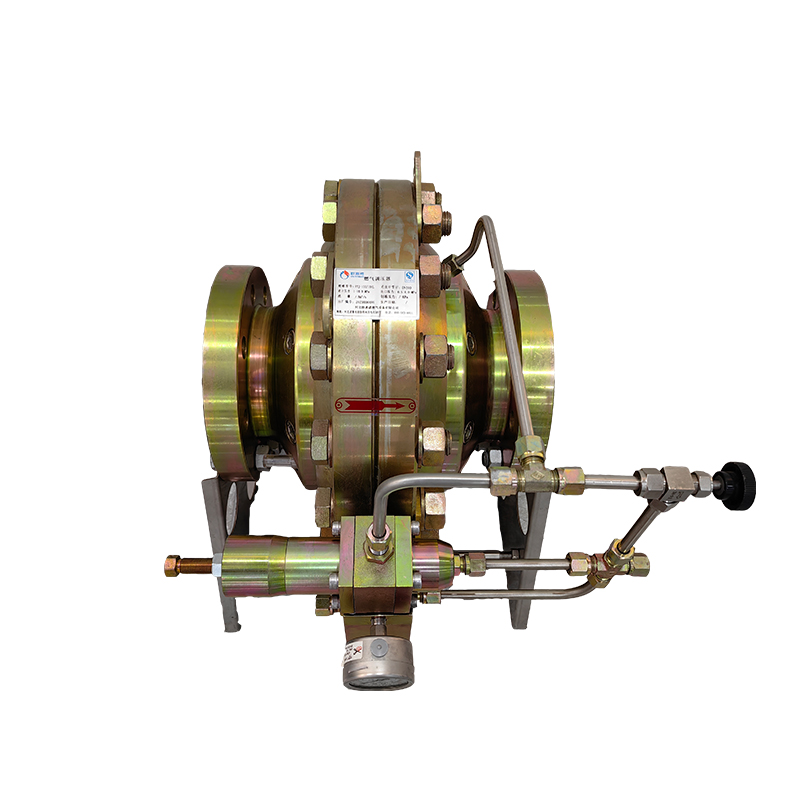
Nov . 07, 2024 14:13
Back to list
Gas Heat Exchanger Design and Efficiency Optimization Techniques
Heat Exchanger for Gas An Overview
Heat exchangers are integral components in many industrial applications, particularly in processes involving gases. They are designed to transfer heat between two or more fluids, which can be liquids or gases, without mixing them. In this article, we will explore the principles, types, and applications of gas heat exchangers, emphasizing their importance in various industries.
Principles of Operation
The fundamental principle behind a heat exchanger is the second law of thermodynamics, which states that heat flows naturally from a warmer object to a cooler one. In a heat exchanger, one fluid (hot gas) releases heat to another fluid (cold gas or liquid), causing the former to cool down while the latter heats up. This heat transfer process typically occurs through conduction, where heat moves through a solid barrier separating the two fluids.
Heat exchangers are designed to maximize the surface area for heat transfer while minimizing resistance to fluid flow. This is achieved through various geometric configurations and materials that enhance thermal conductivity and efficiency.
Types of Gas Heat Exchangers
There are several types of heat exchangers used for gas applications, each suitable for specific conditions and requirements
1. Shell and Tube Heat Exchanger This type consists of a series of tubes, one set carrying the hot gas and the other the cold gas. The tubes are enclosed within a larger shell, allowing for efficient heat transfer. This design is commonly used in power plants and oil refineries.
.
3. Air-cooled Heat Exchanger In this design, ambient air is used to cool the hot gas. The hot gas flows through finned tubes, and air is drawn over these tubes to absorb the heat. This type is widely used in power generation and cooling applications.
مبادل حراري للغاز

4. Fin tube Heat Exchanger These heat exchangers have fins attached to the tubes to enhance the heat transfer surface area. They are particularly effective in applications with low heat transfer coefficients, such as gas cooling.
Applications in Industries
Gas heat exchangers play a critical role in various industries, including
- Power Generation In thermal power plants, gas heat exchangers are used to recover waste heat from exhaust gases, improving overall efficiency.
- Chemical Processing Heat exchangers are vital in chemical production processes, providing precise temperature control needed for reactions. They are also used in distillation, condensation, and heat recovery applications.
- HVAC In heating, ventilation, and air conditioning systems, heat exchangers manage the temperature of air and water to maintain comfortable indoor environments.
- Oil and Gas These heat exchangers are employed to cool and preheat gases during processing and refining, ensuring operational efficiency and safety.
Conclusion
Gas heat exchangers are essential devices that enhance energy efficiency and process effectiveness across various sectors. As industries seek to reduce energy consumption and environmental impact, the role of efficient heat exchangers will likely grow in importance. Advances in technology continue to evolve these devices, leading to improved performance, durability, and sustainability. Understanding the principles and types of gas heat exchangers is crucial for engineers and operators, enabling them to optimize applications and promote energy efficiency in industrial processes.
Latest news
-
Safety Valve Spring-Loaded Design Overpressure ProtectionNewsJul.25,2025
-
Precision Voltage Regulator AC5 Accuracy Grade PerformanceNewsJul.25,2025
-
Natural Gas Pressure Regulating Skid Industrial Pipeline ApplicationsNewsJul.25,2025
-
Natural Gas Filter Stainless Steel Mesh Element DesignNewsJul.25,2025
-
Gas Pressure Regulator Valve Direct-Acting Spring-Loaded DesignNewsJul.25,2025
-
Decompression Equipment Multi-Stage Heat Exchange System DesignNewsJul.25,2025

